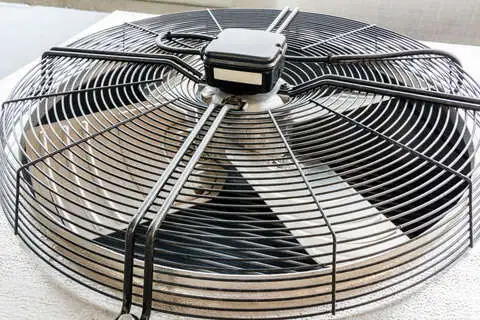Z9 Ventilation Systems Standards
ANSI/ASSE Z9.1-2016
Ventilation and Control of Airborne Contaminants During Open-Surface Tank Operations
This standard establishes minimum control requirements and ventilation system design criteria for controlling and removing air contaminants to protect the health of personnel engaged in open-surface tank operations.
ANSI/ASSP Z9.2-2018
Fundamentals Governing the Design and Operation of Local Exhaust Ventilation Systems
Establishes minimum requirements for the commissioning, design, specification, construction and installation of fixed industrial local exhaust ventilation (LEV) systems used for the reduction and prevention of employee exposure to harmful airborne substances in the industrial environment.
ANSI/ASSE Z9.3-2017
Spray Finishing Operations: Safety Code for Design, Construction and Ventilation
This standard is intended to help manufacturers and users protect the health of personnel from injurious effects of contact with gases, vapors, mists, dusts, powders or solvents used in, created, released or disseminated during or by spray finishing operations.
ANSI/ASSP Z9.4-2011 (R2021)
Abrasive-Blasting Operations-Ventilation and Safe Practices for Fixed Location Enclosures
This standard applies to all operations in fixed location abrasive-blast enclosures in which an abrasive forcibly comes in contact with a surface by pneumatic or hydraulic pressure or by centrifugal force. It does not apply to steam blasting, steam cleaning or hydraulic cleaning methods in which work is done without the aid of abrasives. It also does not apply to abrasive blasting conducted outdoors (e.g., bridges, water towers) even though temporary enclosures may be built at such locations.
ANSI/AIHA/ASSE Z9.5-2012
Laboratory Ventilation
Every laboratory will benefit from this outline of laboratory ventilation requirements and practices. Chapters include performance tests, air cleaning, preventive maintenance, and work practices. Five appendices covering definitions, terms and units are included. Those involved in laboratory management, including chemical hygiene hygiene officers, campus and institutional health and safety staff, industrial hygienists, and environmental health and safety staff will benefit from this standard.
ANSI/ASSP Z9.6-2018
Exhaust Systems for Grinding, Polishing and Buffing
The requirements and emission and exposure control principles described in this standard represent the minimum criteria intended (1) to protect the health of personnel engaged in and working in the vicinity of grinding, polishing and buffing operations; and (2) to control contaminants generated by those operations.
ANSI/AIHA/ASSE Z9.7-2007
Recirculation of Air from Industrial Process Exhaust Systems
This newly updated guideline establishes the minimum criteria for the design and operation of recirculating exhaust systems used for contaminant control in the workplace. Harmful concentrations of air contaminants can be created in the work environment if done incorrectly. Possible safety problems are addressed, as are the materials and processes used to identify industrial process-generated contaminants.
ANSI/ASSP Z9.9-2021
Portable Ventilation Systems
This standard describes fundamental good practices related to the design, manufacture, labeling, use and application, as well as maintenance and testing of portable ventilation systems used for the control of airborne contaminants or environmental conditions.
ANSI/ASSE Z9.10-2017
Fundamentals Governing the Design and Operation of Dilution Ventilation Systems in Industrial Occupancies
This standard establishes minimum requirements for the commissioning, design, specification, construction, installation, management, operation, maintenance and testing of dilution ventilation systems (including demand dilution ventilation) used for the reduction, prevention and control of employee expo-sure to harmful concentrations of airborne substances in the industrial environment. he standard establishes minimum DV requirements to provide safe and healthful working conditions in industrial employee occupancies.
ANSI/ASSE Z9.11-2016
Laboratory Decommissioning
Hazardous materials identified or generated from the facility decommissioning process are subject to intense regulation and present significant potential liabilities. The need to improve characterization and management of these wastes is a primary driver for development of improved decommissioning strategies. Research laboratory facilities and their associated spaces pose unique decommissioning concerns because of the nature of the use of workspace. The intent of this standard is to address a decommissioning approach specifically for research laboratories that may then be applied to other types of facilities, if appropriate.
ANSI/ASSP Z9.14-2020
Testing and Performance-Verification Methodologies for Biosafety Level 3 (BSL-3) and Animal Biosafety Level 3 (ABSL-3) Ventilation Systems
The purpose of ANSI Z9.14 is to provide a “one-stop” resource for guidance to inspect and test the performance of a BSL-3/ABSL-3 laboratory ventilation system.






